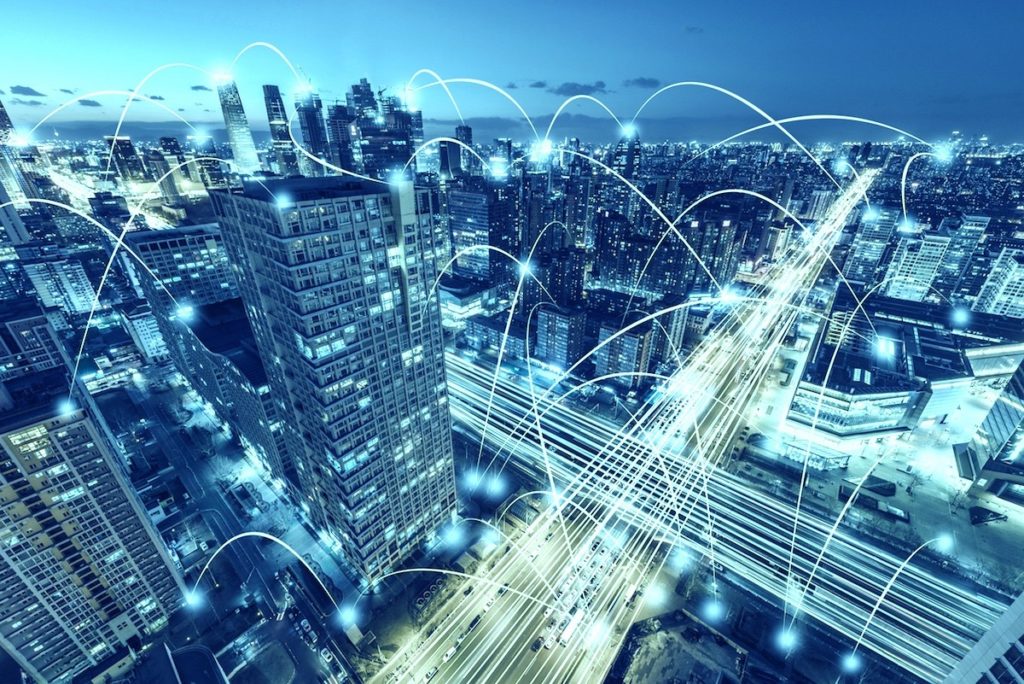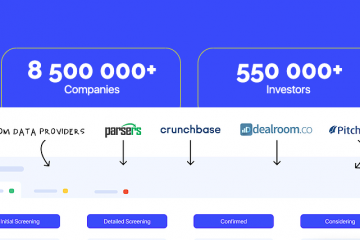Big data analysis: how Big Data helps to develop a metropolis
Big Data is the strongest driving force of the modern Smart city. But how does big data Analytics help develop the world’s largest cities by managing their eco-systems, transportation, security, and disaster prevention?
The abundance of data provides the key to solving many problems and a prosperous life. With their help, in the mid-19th century, Dr. Jon snow was able to stop the cholera epidemic in the British capital, collecting and analyzing data on all deaths in different areas of London.
Since then, data technology has moved forward, but the challenges have not changed: today’s citizens need to provide clean water and healthy food, keep the streets clean and tidy, ensure smooth operation of transport, health care and education. The problem is complicated by the fact that cities are becoming larger – by 2030, the number of mega cities with a population of more than 10 million people, according to the UN, will exceed 40, and their population will reach 5 billion people. The solution, according to most experts, is to use technological innovations-Big Data and artificial intelligence.
Big data effect
Reliable data is the strongest driver of modern Smart City. In order to get access to relevant information that will allow to build a long-term management policy, the city is filled with sensors, sensors, video cameras with connection to the high-speed data transmission infrastructure. Today, even the residents themselves are turning into information sources: users’ mobile devices – there are 7.7 billion registered mobile subscribers in the world – producing real-time terabyte data streams about the location, purchases and interests of individuals. The city management system has a chance to become truly human-centric.
Ensuring the safety of citizens and a rapid response to natural disasters or emergencies are top priorities for any city. For example, Seattle has implemented software that, based on historical and geographical data, identifies the most dangerous areas in the city, deploys patrols and actually prevents crime.
New technologies have infiltrated the city’s traffic system, which can now be optimized through the proper use of big data. Information from transport companies, drivers, pedestrians, and others can help us understand which directions and modes of transport are most needed by citizens and how we can change the situation to avoid traffic jams. In Nanjing, China, experts laid new routes for public transport and were able to speed up travel on the busiest streets after installing sensors in 10,000 taxis, 7,000 buses and 1 million private cars. And in Pittsburgh, the introduction of intelligent adaptive traffic lights with license plate recognition reduced travel time by 25%.
New technologies are also being integrated into other areas of city life. In Seoul, for example, a pressing problem is the pollution of streets by garbage due to inefficient waste management. The trash cans and containers are constantly overflowing, and the trash simply couldn’t be taken out in time. Traditional and hi-tech methods were used as a solution. In the streets of the city 85 additional garbage cans with filling sensors were installed. With the help of analytical tools and Big Data, the municipal transport routes responsible for waste disposal were optimized. Now, the city services are monitoring the filling of the containers in real time and taking out the garbage in time, preventing the pollution of the streets. The solution has reduced costs by 83%, increasing waste recycling by 46%.

Analytics in the city ecology
Data collected from different sources can also be used to ensure environmental sustainability with fewer resource losses. Ten years ago, more than 12,000 interactive sensors were installed in Santander on the northern coast of Spain. They automatically turn on sprinklers in public parks when the soil is too dry. The lighting on the lanes only gets brighter when the sensor signals the approach of people – this has helped to reduce energy costs by a quarter.
Louisville in Kentucky, with a population of 1.2 million, was the first country to implement the IFTTT (If This Than That) platform recently. Thanks to this platform, smart homes connect with the smart city through “applets” and receive recommendations for action. For example, home lighting changes color when sensors detect a deterioration in air quality, which warns residents against going outside. Users can also set up air filters to activate at the same time.
In Quebec, Canada, an insect pest, an emerald ashtray, appeared in 2008. It caused the mass destruction of ash, which is widespread in the region’s tree species. According to the municipality, the losses caused by the ashtray amount to several billion U.S. dollars. To address this problem, the authorities in the region have implemented an application that shows in real time the dynamics and extent of contamination, including individual trees. The relevant services react quickly, destroying the pest and preventing it from spreading further. The application is based on Big Data analytics. The servers receive information about detected outbreaks, and the data is analyzed, processed and transmitted to the responsible services.
Big Data as an urban asset
Collection and analysis of Big Data allows you to significantly replenish the city’s treasury – the Spanish tax service was able to bring to the budget 1.2 billion euros after the drones surveyed the territory of 4000 municipalities and analysis of data revealed discrepancies with the declared property – not all the houses and buildings were taken into account, some of them did not coincide with the actual size of the documented. In fact, this indicates the beginning of the era of openness not only in the fiscal sphere, but in all respects of the government, business and residents. And the citizens themselves become active participants in planning the future place where they live.
For example, the transformation of the Plaza del Sol district in Barcelona. Many citizens are involved in the Smart Citizen Kit project – installing sensors to measure air pollution or noise in their apartments and balconies to understand how the situation deteriorates depending on the days of the week, time of day and even the weather. Neighbors share data on an open platform, study data from other areas, compare with WHO recommendations and municipal statistics, and make decisions to improve urban life.
The Canadian city of Calgary uses predictive technologies to predict floods. In the spring months, Calgary experiences increased rainfall, overflowing riverbanks and overflowing reservoirs. As a result, locals and businesses suffer from the constant flooding of large areas of the city. Housing, industrial enterprises, city buildings and structures suffer. To address this problem, the municipality signed a contract in 2015 with a company that provided an analytical tool based on Big Data. It is designed to analyze a wide sample of flood data from previous years and to predict new incidents. The tool reduced flood losses by moving people, their belongings, companies and equipment to safe locations before they arrived.
Further development of data collection, storage and processing systems will enable us to monitor long-term trends and plan the development of mega cities. Today, the developers are trying to create prototypes of solutions that, among other things, allow real-time tracking of the movement of land transport in a mobile application or provide broadband Internet access at public events, optimize the cost of street cleaning or create a digital city model.
By 2050, about 85 percent of people are expected to live in cities, one in seven in mega cities. The most comfortable living conditions can be boasted of those cities that will respond quickly to environmental changes and human needs.


